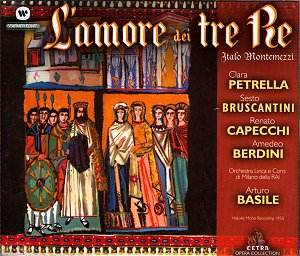 Composer: Léonin
Composer: Léonin
Works: Sacred Music from 12th Century Paris
Performers: Red Byrd – John Potter (tenor), Richard Wistreich (bass), Yorvox (male voices)
Recording: Recorded at St. Alban’s Church, Holborn, London, April 2001
Label: Hyperion CDA67289
The music of Léonin, a pivotal figure in the early development of polyphony, emerges from the vibrant intellectual and artistic milieu of 12th-century Paris. As the foremost composer of the Notre Dame school, Léonin’s contributions to sacred music, particularly his polyphonic settings of the liturgical chants, laid the foundation for subsequent generations of composers. His work, encapsulated in the Magnus liber organi, showcases an innovative approach to the combination of plainchant and newly composed parts, or duplum. This recording of Léonin’s sacred music by Red Byrd offers a compelling glimpse into a world where the austere beauty of early medieval chant intertwines with the nascent complexities of polyphonic texture.
The performances by Red Byrd, featuring John Potter and Richard Wistreich, demonstrate a remarkable understanding of the historical context and technical demands of Léonin’s music. The ensemble’s ability to navigate the intricate interplay between the sustained tenor lines of the plainchant and the elaborate melismas of the duplum is noteworthy. For instance, in “Dum complerentur,” the extended melismatic passages flow effortlessly above the steady, grounded tenor, illustrating Léonin’s masterful use of rhythm and phrasing. The singers’ articulation and dynamic contrasts enhance the music’s emotional depth, inviting listeners to appreciate the subtleties of each responsory and gradual.
The recording quality is exceptional, with the acoustic of St. Alban’s Church contributing to a rich and resonant sound. The spatial balance between the soloists and the accompanying male voices of Yorvox is expertly managed, allowing for a clear delineation of the musical lines. The engineering captures the warmth and clarity of the voices, while the subtle reverberation of the church space enhances the sacred atmosphere of the performance. Unlike some previous recordings, which may have favored an overly close mic’ing approach, this production allows the music to breathe, creating an immersive listening experience.
Red Byrd’s interpretation stands out in its rhythmic nuance and the thoughtful integration of Léonin’s complex structures. The ensemble successfully employs both free-flowing sections and those governed by a more pronounced rhythmic pulse, as highlighted in “Christus resurgens.” The deliberate contrasts between these rhythmic approaches reflect Léonin’s own stylistic duality, showcasing both the freedom of expression and the architectural precision inherent in his compositions. When compared to earlier recordings by the Hilliard Ensemble or Ensemble Organum, Red Byrd’s interpretation reveals a more dynamic and varied engagement with the music, emphasizing the evolving nature of early polyphony.
Léonin’s work, though often overshadowed by his successor Perotinus, deserves its own recognition for its innovative spirit and artistic merit. This recording by Red Byrd not only sheds light on Léonin’s artistic vision but also serves as a testament to the ensemble’s commitment to historical authenticity and musical excellence. The synergy between scholarly insight and vocal artistry here manifests in a captivating listening experience that honors the sacred heritage of 12th-century Parisian music. A commendable achievement that enriches our understanding of this formative period in Western music history, this release is an essential addition to the catalog of early music recordings.



